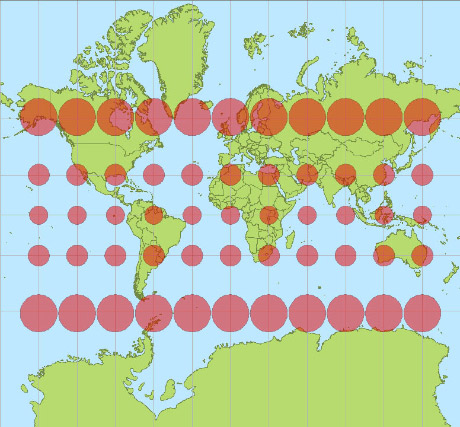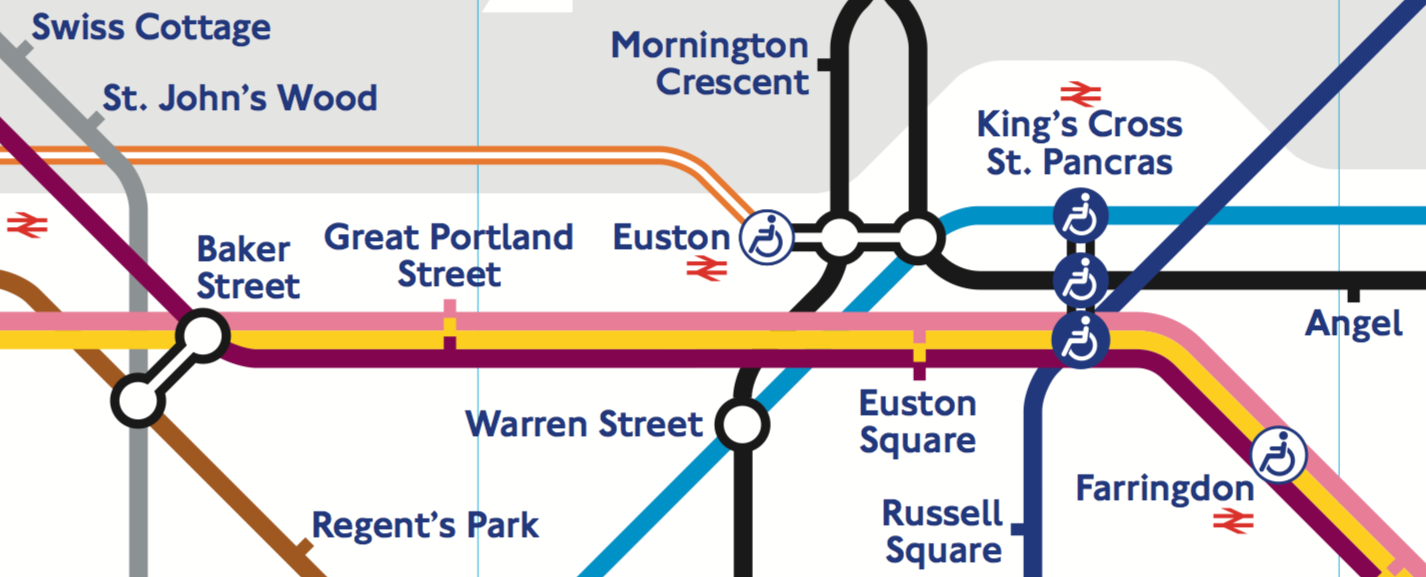The urban transportation in the future
Cities have many means of transportation with fixed routes: underground, trains, buses, trams, jitneys. This is ineffective. Some buses run empty because at a particular moment nobody wants to go where they go. Some directions are not served at all when needed. City administrations try to minimise these issues by carefully planning the routes, but this process is too inert.
This system should become dynamic.
You tell your watch where you want to go. The data goes to the special city software. The software analyses the data of the citizens in real time and comes up with the optimal current routes so that everyone gets where they need to. The watch then tells you when to leave home and taps your wrist when your bus arrives.
An auction system will emerge: the more you are willing to pay, the quicker the system will get you where you want.
The system will be open for new players. Some will be just drivers who have a spare hour (Uber). Others will anticipate a long-lasting demand and build a whole underground line. There will be a continuum of the means of transportation, from buses (spacious, rather slow, cheap to ride, popular) to taxis (compact, usually fast, expensive, custom). The will be no route numbers for buses as there are no for taxis.
The route-planning software will want to forecast the demand for its services. So it will request access to your calendar. At some point you will no longer need to tell your watch anything, the system will just know where you want to go.
If you don’t feel like sharing your calendar with the transportation system, that’s not a problem. It is just that the rides will be more expensive for you, as the planner will not have enough data for optimisation. The majority will prefer to share in exchange for a discount, as it does prefer giving up some privacy to get the free Google services.
Since there will be no place for transport officials in this system, they will oppose it vehemently.

